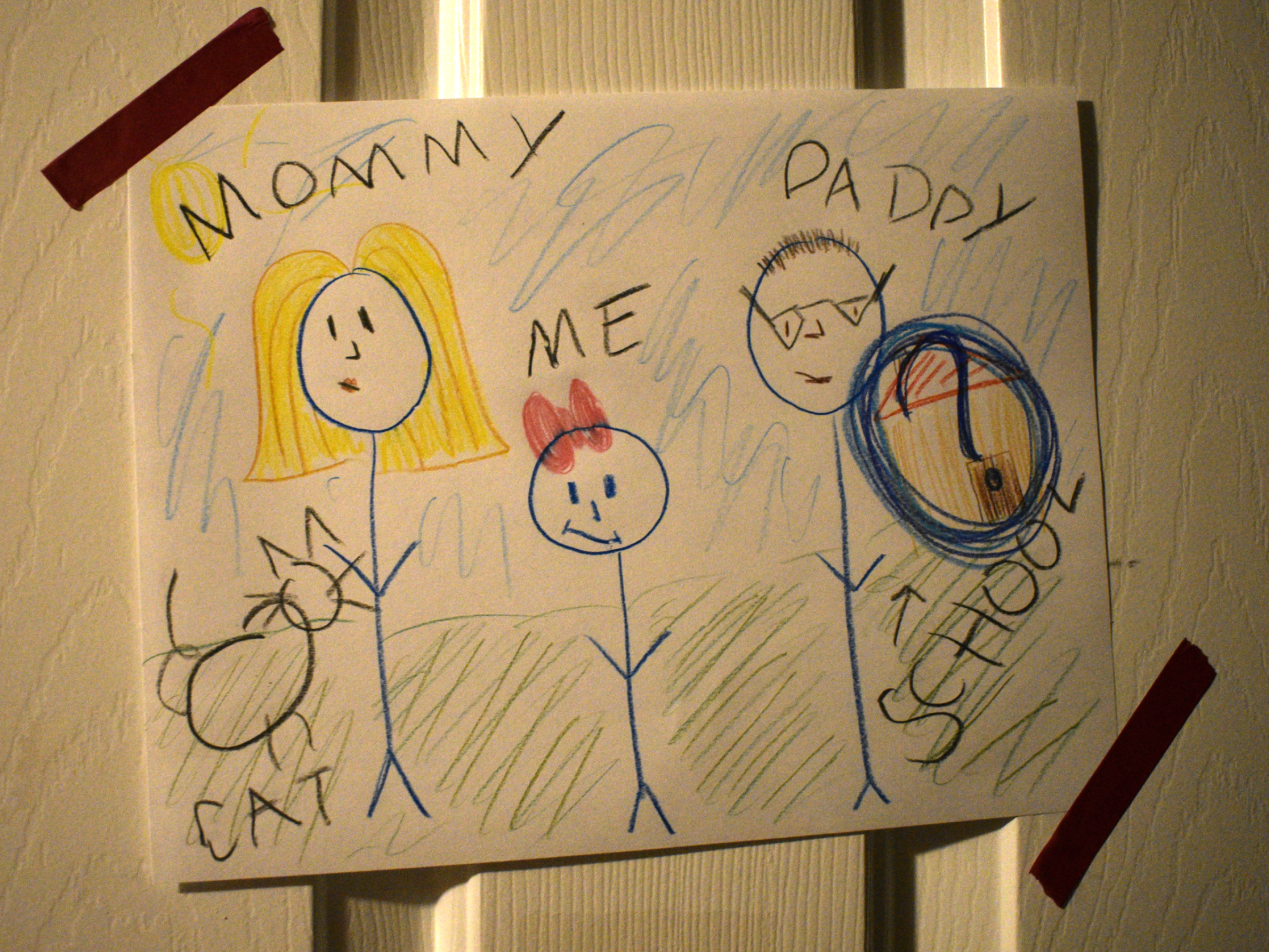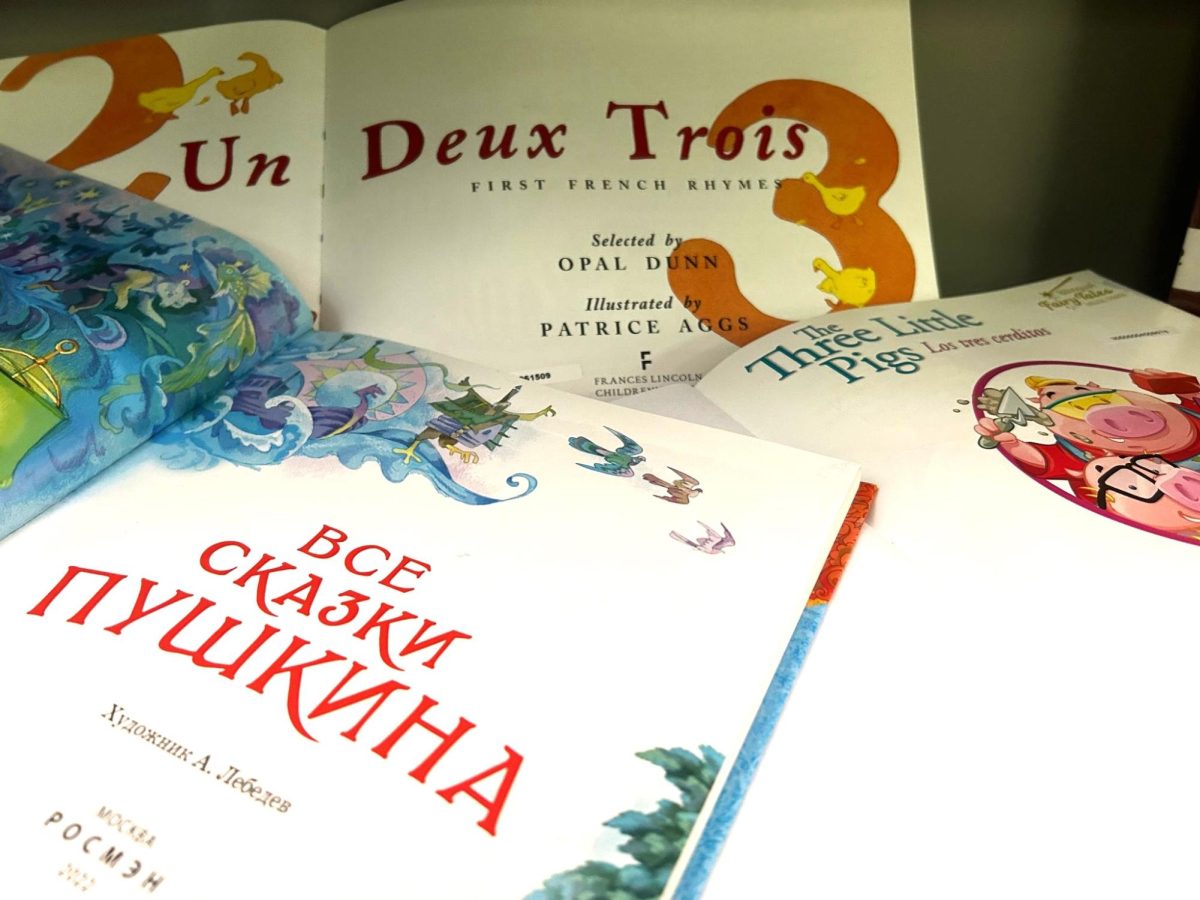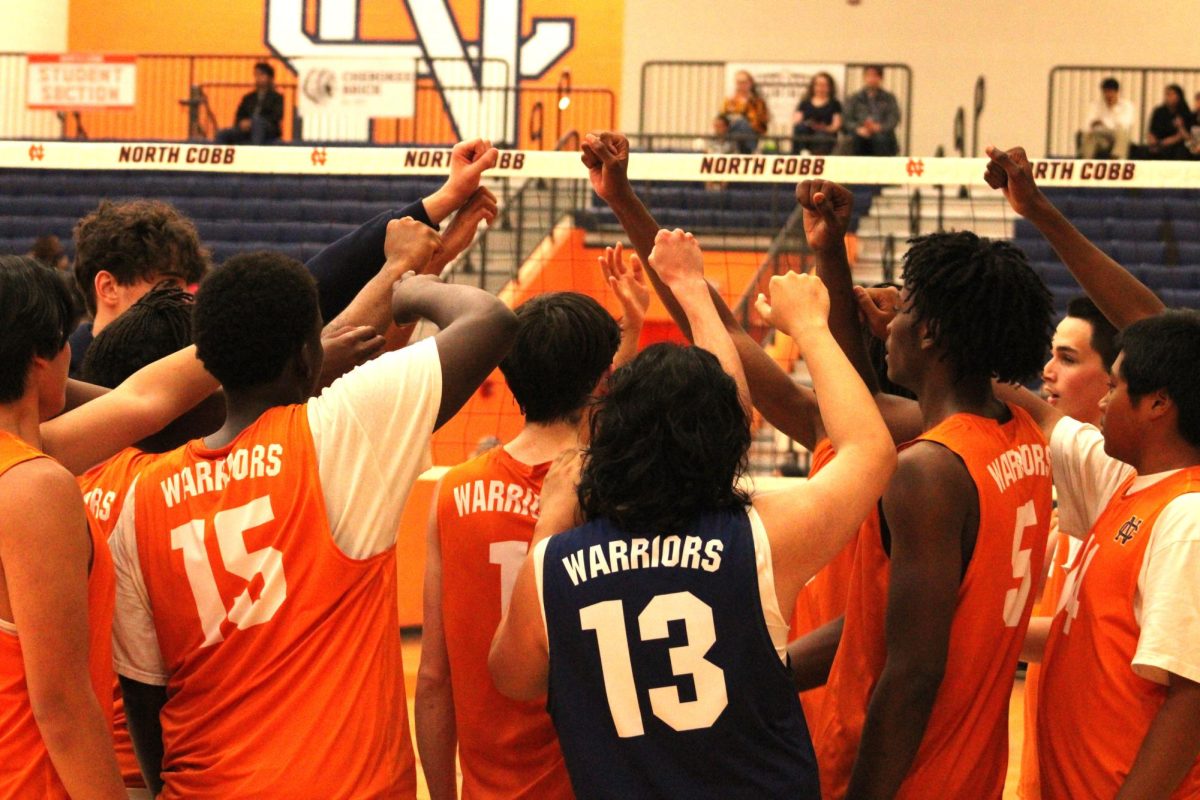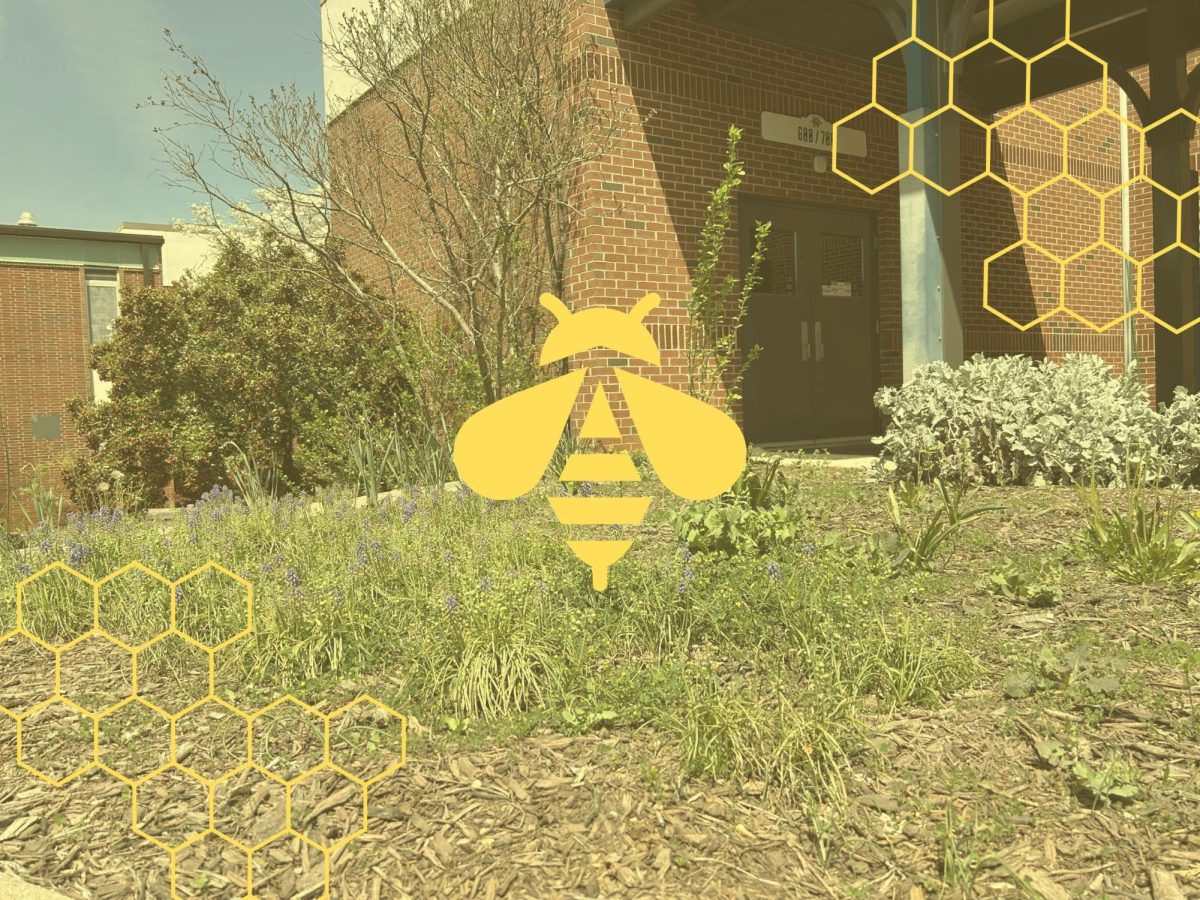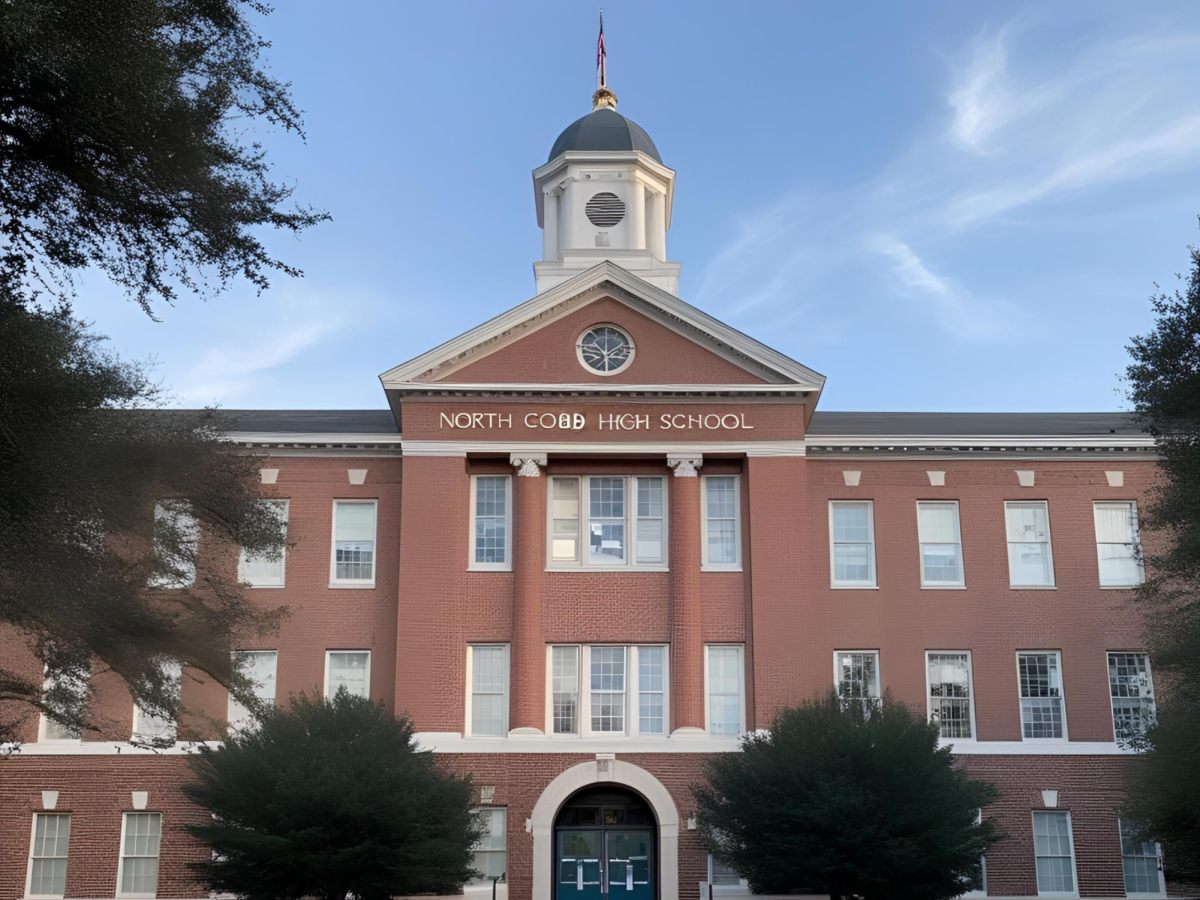Amongst the key identifiers of American schooling such as lockers, pep rallies or midterms, one hallmark stands out as a stereotypical byproduct of the schoolhouse: the role of parents. From the Parent-Teacher Association (PTA) to band moms, parents have embedded themselves in their children’s educational endeavors. For parents who choose to harbor increased involvement in their child’s schooling, positive benefits have emerged: for example, researchers Evi Schmid and Veerle Garrels reported on the cruciality of academic socialization in the household, and its beneficial relation to a child’s academic success. Despite this beneficial byproduct of parental involvement with their children due to diverse attitudes, methods or styles of guiding one’s child, students may feel differently toward the role of their guardians in their schooling.
Across decades of American media and culture, declarations, iterations and connotations have appeared that describe parents yearning for success and prosperity for their children. According to a 2023 study conducted by the Pew Research Center on parenting in America, 41% of parents in the United States strongly crave for their children to obtain a college education. Despite the rising prices of higher education— college tuition has reportedly grown 180% in the last four decades, according to Forbes— the persistence of this loving desire currently faces several potential obstacles in the conversation of American education. This parental involvement in their child’s education does not begin once they decide which university to attend, however. Said involvement begins much earlier.
The history of the PTA dates back to the late nineteenth century. Although the organization has become renowned for booster events and charity bake sales, the group began as a coalition of mothers aiming to look out for one another, as well as their children. Co-founded by Alice McLellan Birney and Phoebe Apperson Hearst, the National Congress of Mothers sought to help fellow moms in their communities in the absence of personal liberties. In a time when women still did not hold the right to vote, the organization represented an outlet for women to exert authority and create pivotal changes. From serving hot lunches to school children to advocating on the dangers of smoking, to promoting parent involvement in the education of their kids, the early days of the PTA mirror the predominant attitudes of the organization today.
“Parents should be involved with school volunteer groups, at any level and for any amount of time they can give, because both they and their child gain experiences and memories that are priceless. That time given improves everything for both parents and students. Parents feel more positive about themselves, it improves their relationship with their students and gives a better perspective into their student’s daily community. Students’ experiences are better, they see their parents care in their lives, and their perspective about their own future and their future involvement is improved,” NC Boys Soccer Booster Club Vice President Julie Davis said.
Even though the old days of the PTA occurred upwards of a century ago, several hallmarks of the organization still exist today. An active role in the education of their children still represents an overarching portion of PTA parent platforms; in the 1990s, the coalition developed the “National Standards for Parent/Family Involvement” framework, to help flesh out ideas on the cruciality of parents’ participation in school. The ‘90s do not represent the only instance of this emphasis, however— in the 1960s, they extended their advocating nature to children in low-income areas, as well as to young people who did not understand the importance of a well-balanced diet. The involvement of PTA moms in all parts of a child’s schooling still stands strong in the modern day. According to a study conducted by the Washington State PTA, 53% of Title 1 schools boast a parent-teacher association and vastly help the proponent of high-achieving attitudes among their children. However, despite the gallant efforts of the women behind the PTA, there lies a handful of instances when the influence of parents on their children’s education stretched too far.
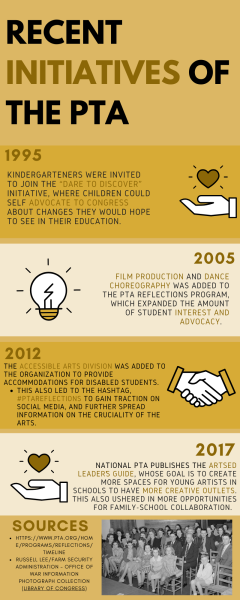
Although several parents seek to help their kids academically, without proper boundaries, their perceived help can quickly turn negative. For example, the Varsity Blues College Scandal, which took place in 2018, showcased the dark underbelly of privilege that exists in the modern-day school system. Famous and affluent celebrities such as Felicity Huffman and Lori Loughlin paid to gain spots for their daughters in prestigious colleges and universities. In the absence of merit, the celebrity mothers used their money to pave the way for their children into top schools, because they felt as though their daughters could not attend these institutions without the extra help. This scandal exposed several other affluent parents, who occupied jobs in the legal and medical fields, exerting their wealth to present their children with a path toward their future.
While several of the parents involved in the Varsity Blues scandal claimed that they only wanted the best for their children, the situation points to a potential hiccup in the role of parents in their children’s education: where exactly does help turn into harm? Although wanting to help one’s child represents an intrinsic facet of parenthood, issues arise when that motivation stems from a branch of privilege.
This anxiety or unease concerning education manifests itself in uneasy stereotypes surrounding parents of color. Within the East Asian community, for example, lies the “tiger mom” stereotype, characterized by a parent or guardian who places extreme pressure on their child to succeed academically, and in certain cases, to the point of exhaustion. The heuristic around East Asian mothers paints a closed-minded picture of what parental involvement in education entails for different families. By isolating a certain racial group based on a negative stereotype, other parents of that same group may feel as though their efforts to support their kids academically come off as disingenuous or harsh.
“I think, especially in academic programs like a magnet, parents of color can have very high expectations for their children, which in itself is not negative, but if not handled properly can have negative consequences for the child. The expectations that are placed on students not only by their parents but by society can be very harmful to the mental health of the student,” magnet junior Tristan Mick said.
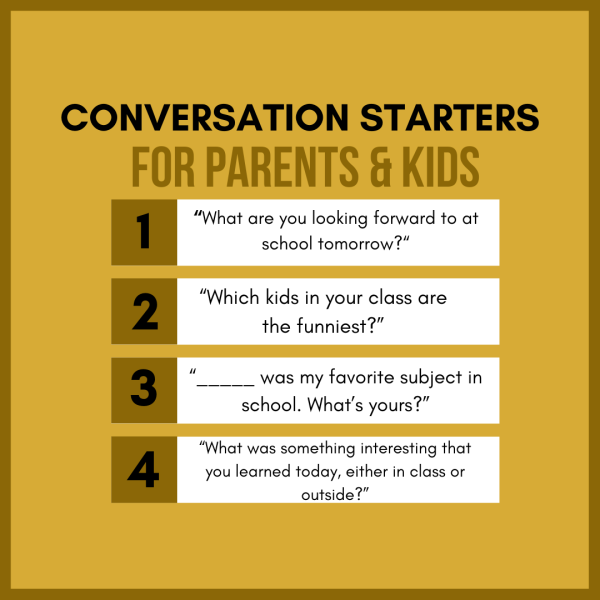
The intersection of this complex situation poses a unique challenge: discovering what changes could occur to effectively find a balance for parents and their role in the educational journeys of their children. Through influential groups such as the aforementioned PTA or booster clubs, parents can help host events or fundraisers at their child’s school, to support them academically, while also allowing them a space to healthily coexist. By volunteering at these events, parents can show their children their support with their education, but not to an extent that could overwhelm them. With the comfort of knowing one’s parents can show up and help at different functions at school, kids can passively feel their presence without pressure.

Across all ages, this solution starts at home. According to an article by the Annie E. Casey Foundation, for example, parents can use the commute to school or dinnertime conversations to connect with their child about what occurs for him or her at school. For younger children, the article suggests that parents can also read to their kids at bedtime, so they can synergize whatever they learn at school with their comprehension at home. To a similar extent, PBS Kids for Parents also suggests that parents should refrain from over-scheduling their kids outside of the classroom so that their stress from school does not manifest in their classwork. Comparingly, Hopscotch, a website adept at outsourcing mental healthcare, also suggests that parental check-ins with their children establish a productive rapport. These connections create a gentle space for children to trust their parents, not simply with the happenings of school, but with sincere compassion and helpful boundaries in place. From checking in once in a while on school events to asking their child how a test played out on the ride home from rehearsal, parents can positively connect with their child’s education without intensely overstepping.
“In the context of the student’s future when the student feels that any mistake that they make is going to jeopardize or even prevent them from fulfilling their goals. That’s why I think students should be in contact with their counselors and should have open and honest communication with their teachers, as well as with their parents,” Mick said.
Above all else, communication continues to provide a pivotal way for both students and parents to connect over their influences on education. By letting parents know when enough becomes enough in the realm of their educational journey, the two forces can coexist peacefully. Teachers and counselors may also present as crucial figures in mediating the conversations and extent of involvement in education between parents and students. With the incorporation of varying perspectives, each side can effectively communicate. While these proposed solutions may take time to practice and implement, true equilibrium remains achievable. For the benefit of all parties,— the PTA, the elementary schoolers or those relationships riddled with varsity blues— that equal landing point stands near in sight.


